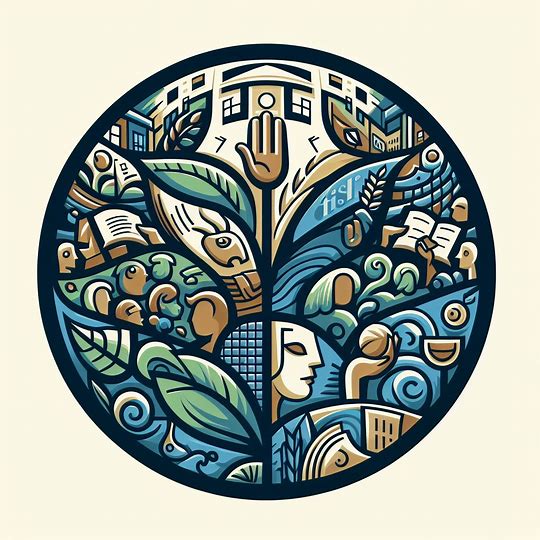By Seth White, OSU College of Agricultural Sciences
Resilient Teaching Voices Series

This winter, as I prep for teaching in spring term, I’m thinking a lot about imprinting—the process occurring early in life where key events are experienced and integrated, to be recalled and used again later in life. Imprinting is relevant to my research on salmon, but I’m also thinking about my students and how their classroom experiences may shape their lives and careers, long after my course and their university experience is over.
Most people have heard about how adult salmon, after several years at sea, return back to the river of their birth—a process known as homing. But for homing to be successful, the young salmon need to experience and remember the sensory cues from their early environment that they’ll eventually use to find their way back to the natal stream. This imprinting occurs early in a salmon’s life, shortly after hatching. The more distinct the experiences—think big changes in streamflow, water chemistry, or temperature—the more acute the imprinting, with a higher chance of drawing from those experiences later in life.
I like to think of my teaching as providing the optimal imprinting environment for students. I recall my own experiences as a student and how they shaped me as a learner both at university and later in life. The time my fisheries professor stepped down from the podium, gathered students around in a semicircle, and asked each of us to share our early childhood experiences with fish. The time my botany instructor drove us over the slope of Mt. Hood, stopping every 10 miles to show us the abrupt transitions in westside to eastside plant assemblages. Or the time my philosophy professor assigned us a public reading of our work, in stark contrast to the old model of handing in paper meant only to be read by the instructor.
Research shows that key experiences in higher education clearly influence lifelong learning (Brooks & Everett, 2008). These relate to the nuanced processes of learning, the construction of learner identities, and students’ understanding of how classroom learning relates to the wider world. As I prepare my course, I try to keep these at the forefront. Derek Bruff’s book Intentional Tech lays out some of these principles (Bruff, 2019). This way of teaching includes giving students challenging experiences to prime them for learning, allowing them to practice applying their learning to real-world problems, and creating visualizations for how the course knowledge is organized. It also involves presenting information in multiple, novel ways; creating opportunities for peer learning, and connecting students with meaningful audiences. As I write these principles down I can’t help think of my own learning experiences: teachers stepping away from the podium, taking students outside away from brick walls, or challenging us to present our work out in the community.
The desire to keep learning after structured education is a form of resilient learning. If I’ve done my job right, students will have imprinted on these classroom learning experiences in meaningful way that will keep their curiosity going, long after they walk out of my classroom, after their graduation, and throughout their lives.
References
Brooks, R., & Everett, G. (2008). The impact of higher education on lifelong learning. International Journal of Lifelong Education, 27(3), 239-254.
Bruff, D. (2019). Intentional tech: Principles to guide the use of educational technology in college teaching. West Virginia University Press.

Editor’s Note: This is part of a series of guest posts about resilience and teaching strategies by members of the Winter ’24 Resilient Teaching Faculty Learning Community facilitated by the Center for Teaching and Learning. The opinions expressed in guest posts are solely those of the authors.

Leave a Reply